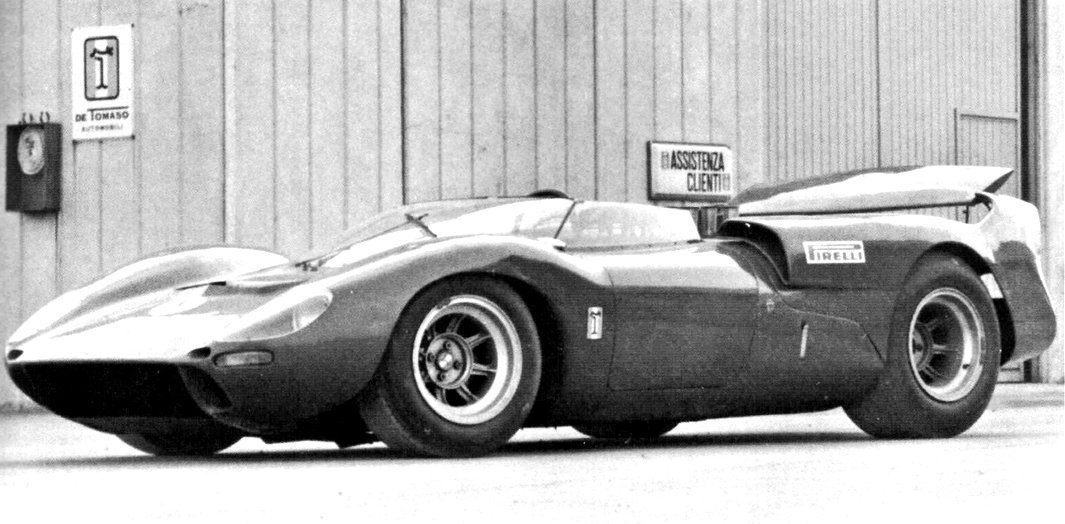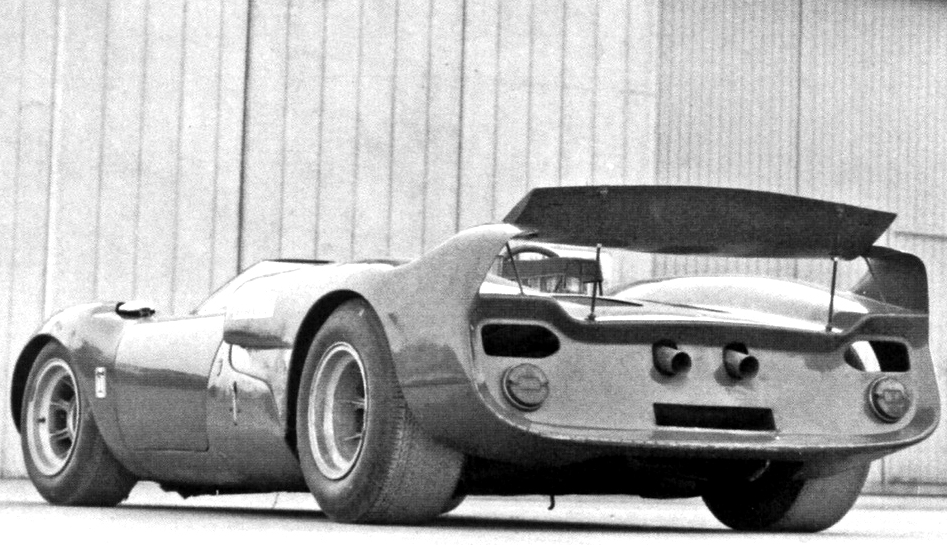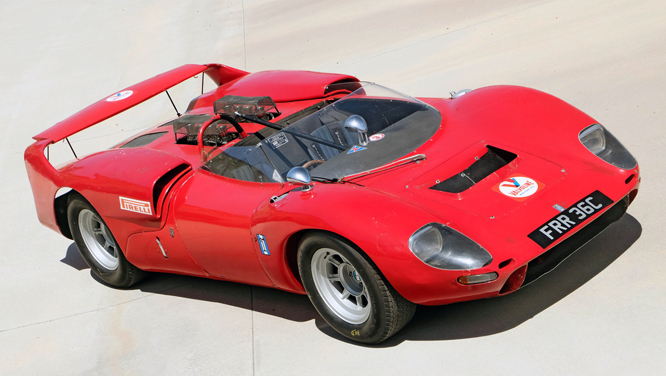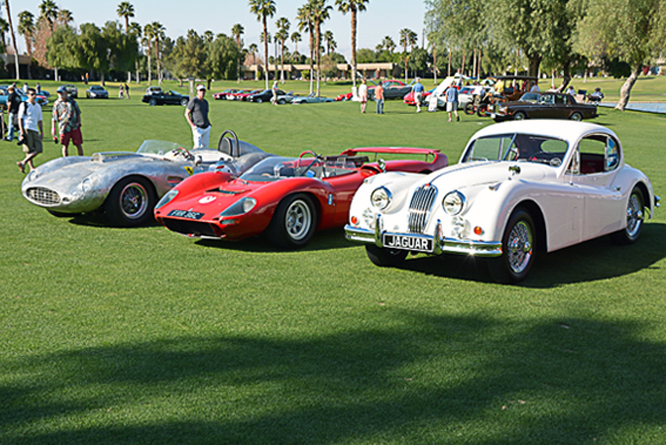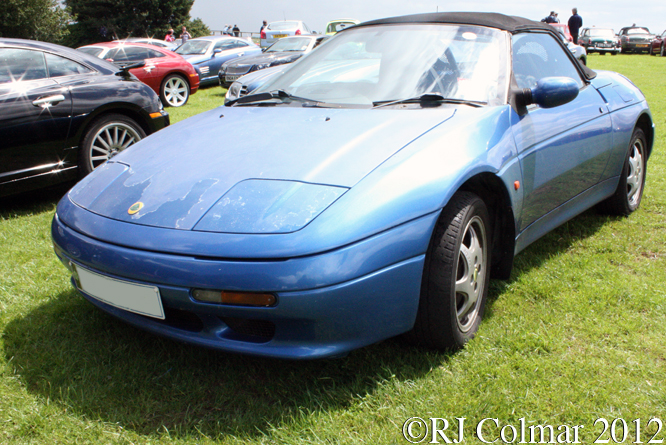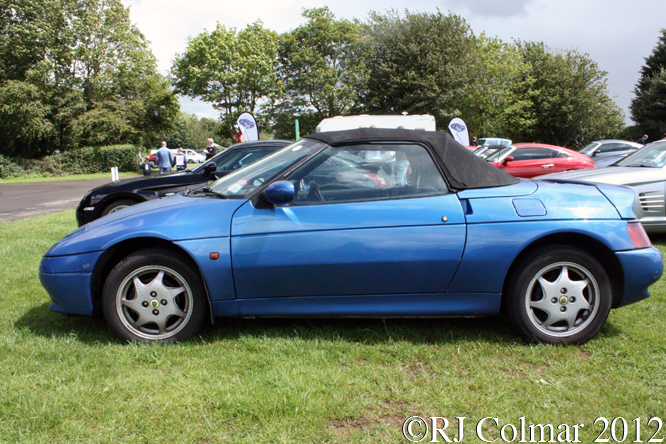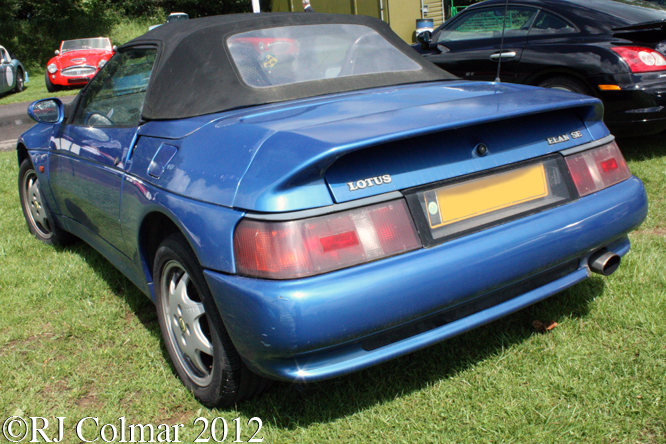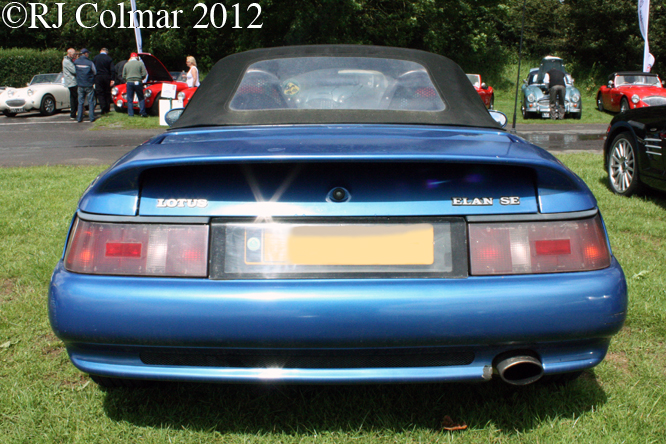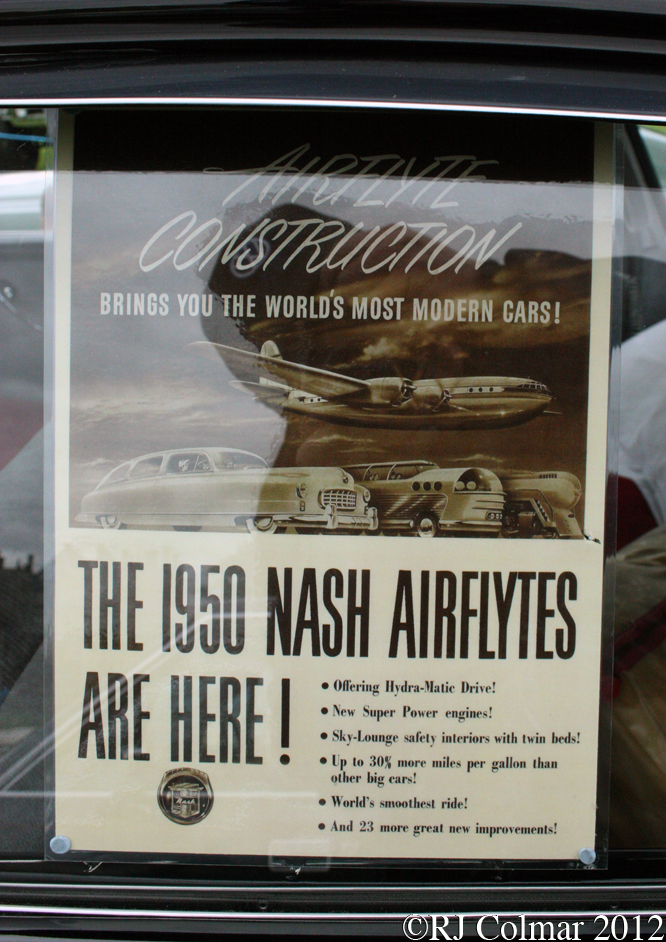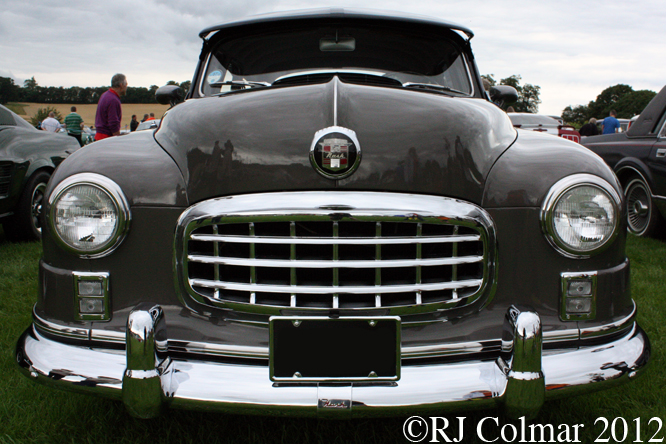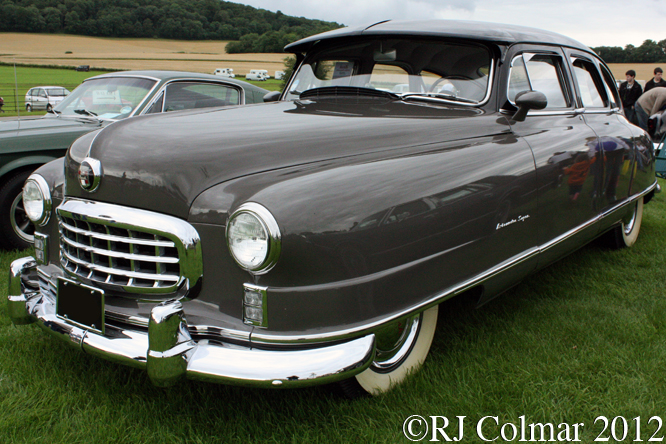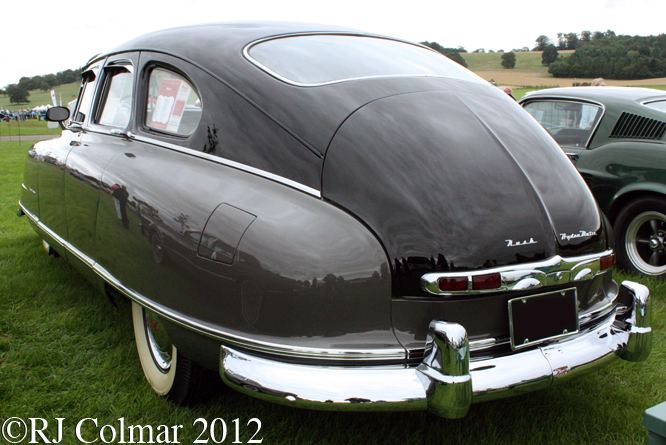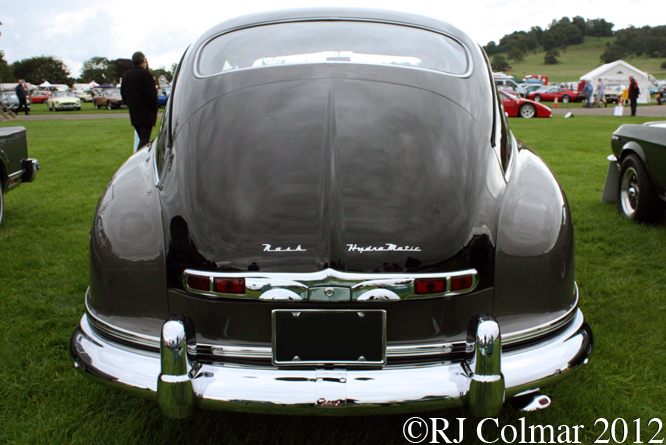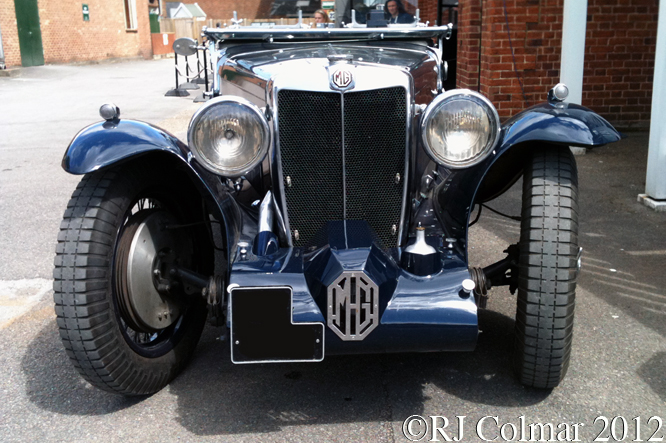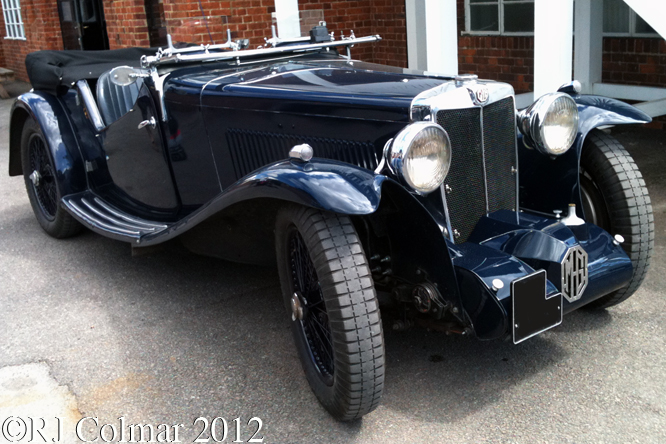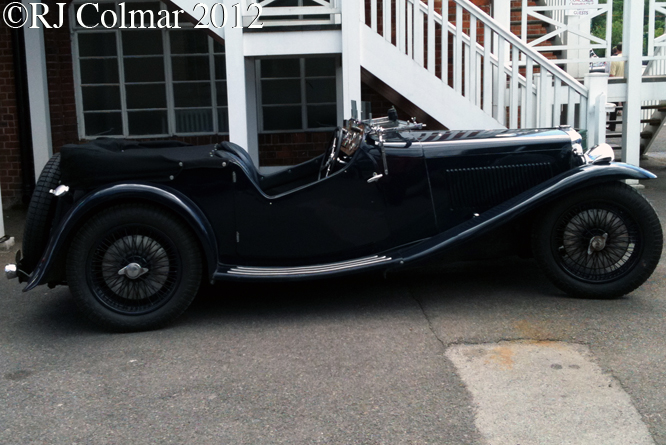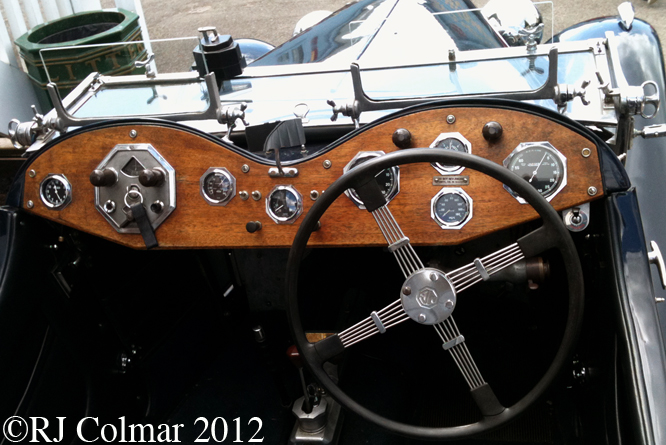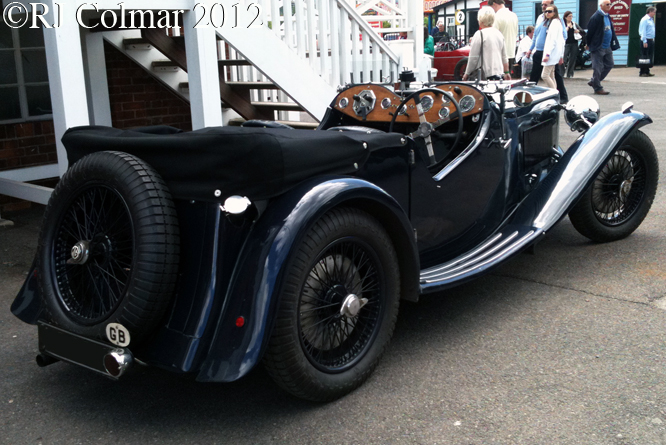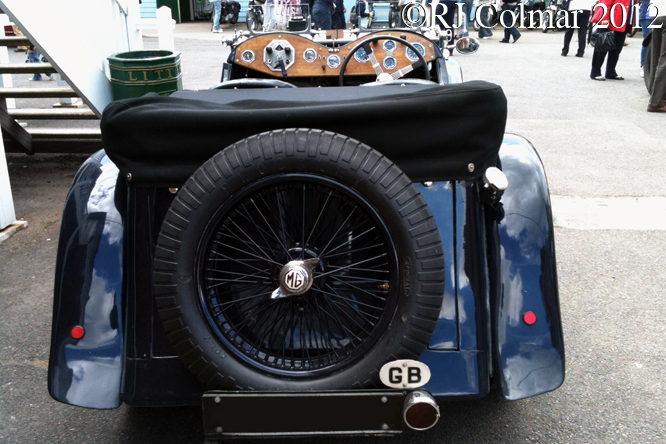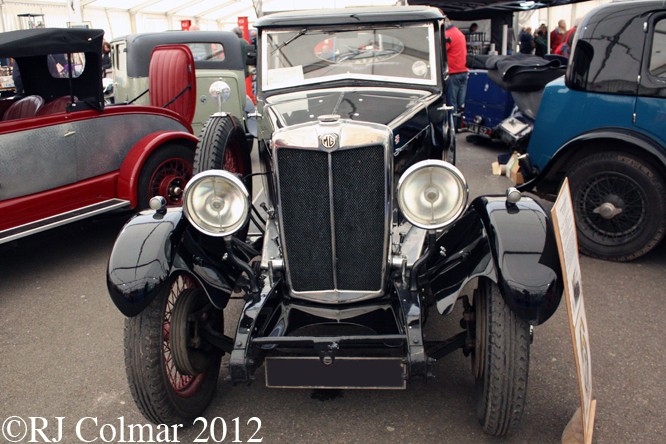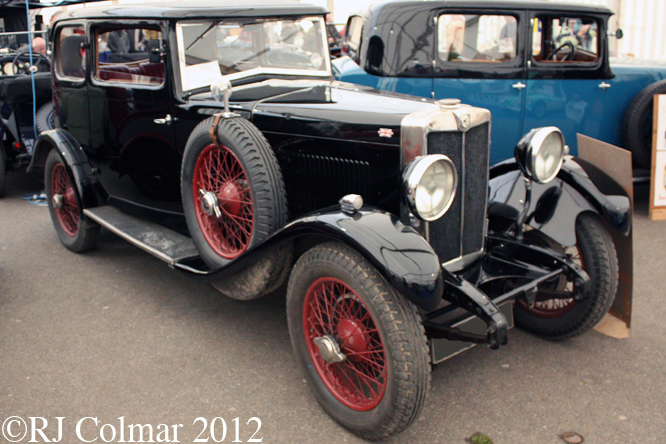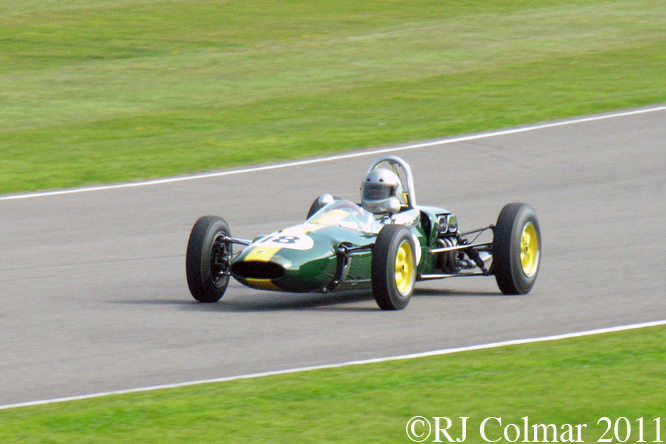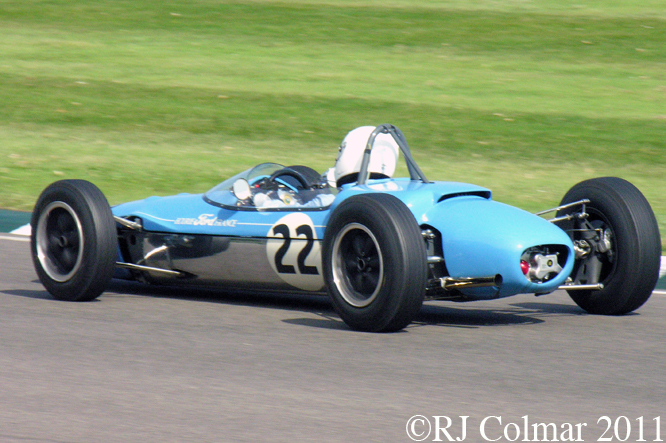For the 1985 season General Motors ordered two new Lola chassis to compete in the IMSA GTP series against Porsche, Nissan, Mazda and the Jaguar endorsed Group44 XJR5 GTP entries.
The first chassis T710 HU1, better known as the Corvette GTP, was powered by a turbocharged 3.4 litre / 207 cui V6 and was run by Hendricks Motorsports in 1985 and 1986 winning the 1986 Road Atlanta 500 Kilometres with Sarel van der Merve and Doc Bundy at the wheel.
The second car the T711 #HU2 was powered by a normally aspirated 366cui / 6 litre V8 said to produce 800hp, which was considered insufficient to compete against the Porsches Nissans and Jaguars.
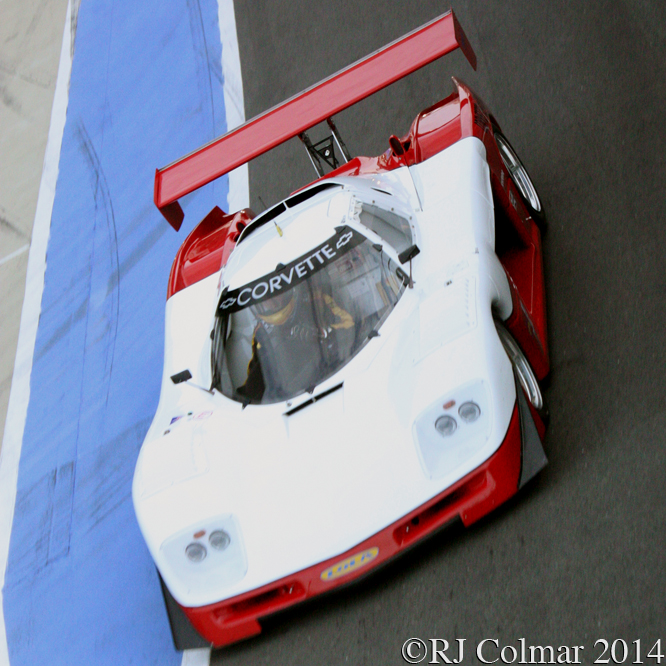
After GM decided to go the turbocharged route Lew Price’s Lee Racing acquired the car direct from Lola in time to enter it for the 1985 Daytona 24 Race.
Lew was joined by Carson Baird, Billy Hagan, Terry Labonte in the cockpit, but despite qualifying 13th #HU2 retired with a broken gearbox.
During the remainder of 1985 the cars best result was a 7th place finish for Carson and Chip Mead from 20th on the grid in the Miami 3 Hour race.
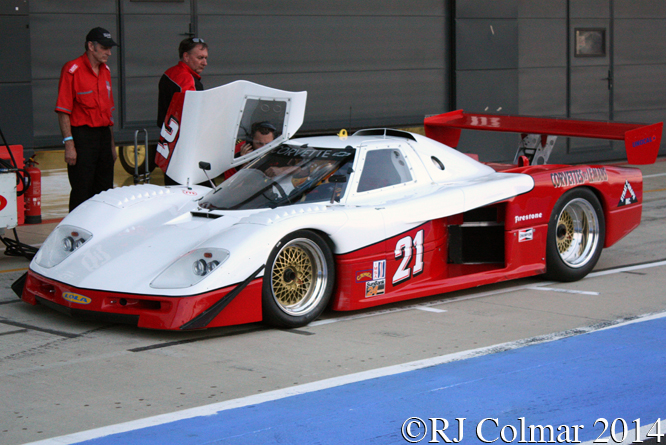
Lew took #HU2 back to Daytona in 1986 and with Jim Mullen and Matt Whetstine on the driving strength qualified 19th only to retire from the 24 hour race with suspension failure.
The car made two more appearances in 1986 retiring after an accident with Lew at the wheel from the Miami Grand Prix and retiring from the Sebring 12 Hours, where Lew, Jim and Carson qualified 10th, when the car caught fire.
Australian Paul Stubber seen at the wheel of the car, restored by Damax Engineering, in these photographs taken at Silverstone Classic is the cars fourth owner.
Thanks for joining me on this “Go Turbo Or Not” edition of “Gettin’ a li’l psycho on tyres” I hope you will join me again for Ferrari Friday tomorrow. Don’t forget to come back now !


